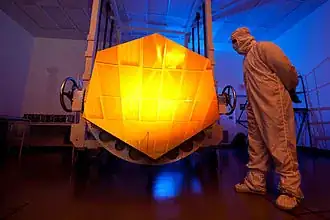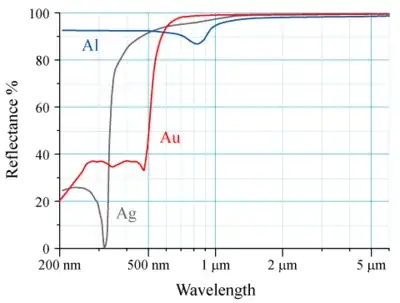I've made this into an answer because it's too long for a comment, and I really want to show the pictures.
It is tempting to think of visible light as "close enough" to (near by wavelengths) and to conclude that "yes, actually, the yellow does affect it. I want a mirror without an obvious tint"
However you are wrong, Physics will slap you down.
Exhibit A

(There's a book called Optics by Eugine Hecht that has a picture of some such lenses, but I couldn't find that picture. This is the best I found with quite a bit of googling)
This lens is made from "silicon or germanium" according to this link (where I found the picture) - I could have swore it was steel, anyway!
This lens is completely opaque to us, but to actual infrared cameras (the 1-$\mu$ sort of wavelengths) this is probably a good lens!
Let us go further.
Exhibit B
For reference this is 22.5cm tall
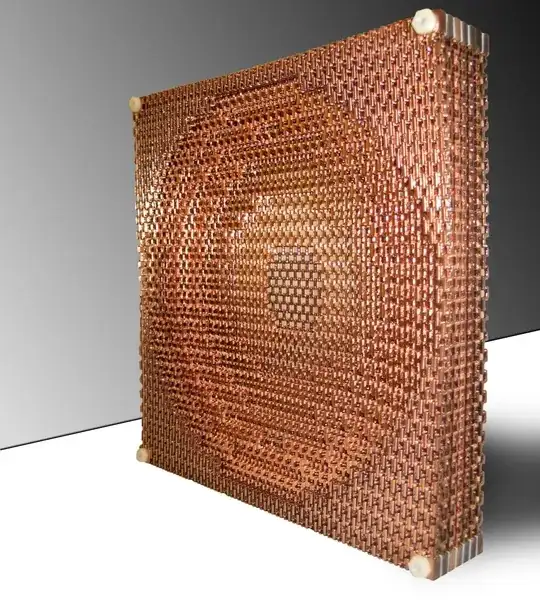
This is a lens for radiowaves. As you can just about see, it doesn't even "refract" our visible light, that light just goes right through the MASSIVE GAPS in the mesh. However to radiowaves, this is a lens!
Exhibit C
Finally, we come to visible light, I took this picture (bit of shameless "I'm proud of this", I know):

As you can probably tell from the soft background and such it was taken with a lens with a very large aperture (50mm f/1.4), and as you can (hopefully not) see the different wavelengths of light have actually gone different paths through the lens. Notice:
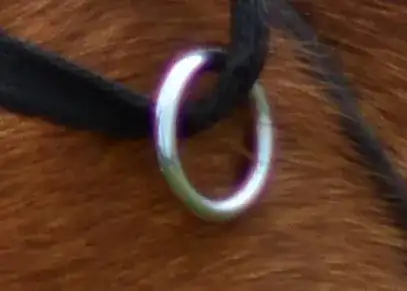
As you can see, "glass" isn't even very good at treating the visible wavelengths the same way. A picture is worth a thousand words.
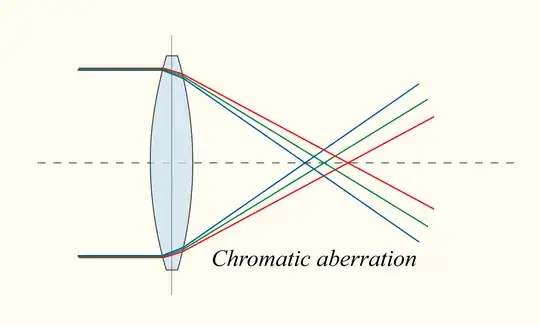
I used a good lens, which is why the effect is so small, but this shows the principle behind it.
Exhibit D

This is a microwave door - it is opaque to microwaves, but as you can see, lets visible light through. (See Faraday Cage)
Exhibit E
WiFi. It can pass through walls and doors.
It should be clear now that light doesn't exactly behave like what our brain calls "light"
Finally
I hope this helps. As you can see - WAAAY to long for a comment.
